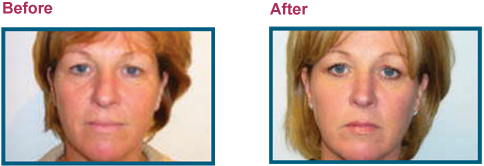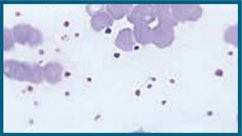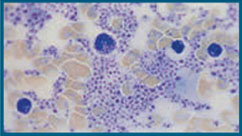Services Menu
- Laser Vein Treatment and Sclerotherapy
- Hand Rejuvenation
- Scar Revision
- LASER CENTER: Resurfacing, Pigment, Birthmarks, Tattoo Removal
- Intense Pulsed Light (IPL)
- Kybella™
- BLU-U Photodynamic (PDT) Levulan
- FRAXEL
- Pelleve Radiowave
- PelleFirm™ For Cellulite and Crepey Skin
- Ulthera Ultrasound
- Platelet-Rich Plasma
- Dermal Fillers: Juvederm, Radiesse, Sculptra, Artefil, Liquid Lift, Belotero, VOLUMA™
- Dermaroller ® / Dermapen Microneedling
- Modern Peels and SilkPeel Dermal Infusion
- Neuromodulators: Botox, Dysport, Xeomin
- Latisse
- Hair Removal
- VANQUISH for Fat Reduction
Subscribe Here to
Receive Special Savings,
Event Info & Care Updates.
Introducing Platelet-Rich Plasma (PRP)
Rejuvenates and reverses signs of aging using your own plasma Improves superficial scars, fine lines and stretch marks

Our Harvest SmartPRep2 System offers our patients results far superior to comparable systems because it recovers the highest percentage of platelets and growth factors in the industry, plus it’s fast and consistent!
Comfortable & effective, PRP will be a favorite among celebrities on the red carpet this Oscar season PLUS it has been the #1 Office Procedure in Europe for 3 years straight! Rest assured that this low risk, holistic therapy has solid science behind it.
Platelet Rich Plasma or PRP contains 7 TIMES THE GROWTH AND ANGIOGENIC FACTORS of normal blood. Used widely by orthopaedic surgeons to speed healing for sports injuries on superstars like Kobe Bryant, PRP rejuvenates the skin, remodels and fills in scars, imperfections and wrinkles, and rebuilds support tissue compromised by age and sun exposure. Results are both immediate and cumulative as collagen rebuilds and can last 1 to 2 years. Typically 2-3 sessions are needed. Areas most commonly treated are around the eyes, cheeks and mid-face, neck, back of hands, and decolletage. PRP is anti-aging on the cellular level, using your body’s stem cells and growth factors. And since it’s “autologous” or made from your own blood, there is no risk of allergy. Side effects are quite rare.
With high patient satisfaction ratings, PRP is a safe alternative or adjunct to fillers and it pairs well with other office treatments, such as laser resurfacing, Dermaroller®, FRAXEL, Ulthera and Pelleve. By artfully combining orlayering treatments, you get an enhanced immune response, better collagen production and organization, fibrin deposition and blood supply to the treated area.
The process takes about 45 minutes plus numbing time. Blood is collected and spun in a centrifuge to concentrate platelets which are then injected into the dermis to increase collagen, vascularization, and matrix formation. Local anesthetic is used for comfort. As with any injection treatment, you may see redness, swelling or bruising that may last a few days, so plan ahead. Read more about Platelet Rich Plasma at www.ncbi.nlm.nih.gov Also Google The Doctors TV Show to view their segment on PRP. Then, call us for a consultation so we can tell you if this is the right choice for you.

SCROLL DOWN TO THE BOTTOM TO SEE
IMPORTANT QUICK FACTS ABOUT PRP
Normal Platelet Count

Concentrated Platelet Count

Key areas of the face and body where PRP is useful.
- Eye area – the periorbital rim
- Cheeks
- Mid face (cheeks, naso labial area)
- Jaw line
- Thinning skin on the neck
- Back of hands
- Décolletage
- Above the knees
- Forearms
When will I see results from PRP treatment? How long will improvements last?
Three weeks after treatment results will begin to become visible (an improvement in texture and tone to the skin) The full effect from new collagen development will be seen in roughly 4 months. How long results last depends on many lifestyle and genetic factors. Careful maintenance is important.
Typical results: 12 to 18 months.
How many treatments will I need?
This depends on your age and the health of your skin. 2 to 3 treatments four weeks apart is normally recommended for moderate damage.
Are there any types of damage for which PRP won’t bring an improvement? Any health conditions that contraindicate it?
PRP may not be effective for severe scarring, advanced sun damage or deep lines. A medical history is taken at your consultation to screen out anyone for whom this treatment is not advisable.